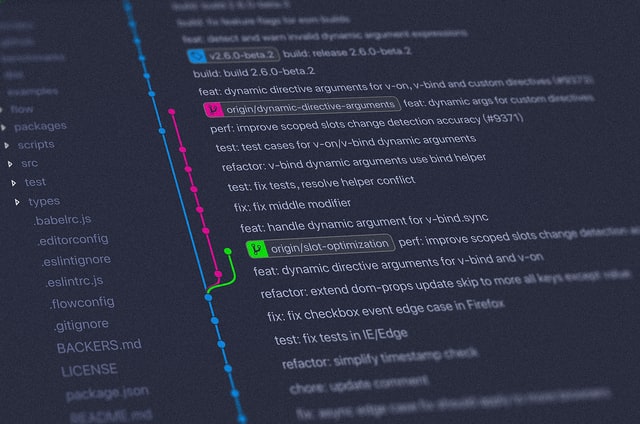Objectives:
- Explain the relationship between the DOM and HTML
- Explain what the DOM is
- Explain what the document is
- Explore and interact with the DOM using browser dev tools
Further reading on MDN: Introduction to the Dom.
What is the DOM?
The Document Object Model is an API. An API is a means for programs to interact with each other.
The browser’s DOM API allows other programs to interact with the document.
What is a Document?
The most commonly used document is a web page.
The document can be modeled in a number of ways:
- Textually via HTML (how a dev might see the page)
- Visually via the browser window (how a user will see the page)
- Digitally via the DOM (how a script sees the page)
How the DOM models the document
The DOM uses a tree to model the document. The data structure has a root node with branches leading to child nodes (which may, in turn, have branches to other children).
Fundamental DOM Data Types
| Data Type | Description | ||||
|---|---|---|---|---|---|
| Document | The root document object, which serves as an entry point into the web page’s content. |
||||
| Node | Every object within a document is a node of some kind. Node is an abstract base class upon which other DOM objects are based. There is no such thing as a plain Node object, but every kind of DOM node is represented by an interface based on Node. See nodeType. |
||||
| Element | A type based on Node, which refers to an element or a node of type element returned by a member of the DOM. More specific classes (such as HTMLElement) extend the Element interface with methods specific to the element. |
||||
| NodeList | A collection of elements. Items in a nodeList can be accessed in two ways:
|
||||
| Attr | An object reference that exposes a special interface for element attributes. Attributes are nodes in the DOM, just like Elements, but they are rarely used as such. | ||||
| NamedNodeMap | Despite being named nodemap, NamedNodeMap is a live collection of Attr objects. Objects in a NamedNodeMap are not in any particular order (unlike NodeList), but the objects can be accessed by name or enumerated by index. |
DOM Interfaces
Interfaces and Object Inheritance
Many objects in the DOM borrow from several interfaces. For example, the table object implements the specialized HTMLTableElement which includes table specific methods like insertRow. But since it’s also an HTML element, it implements the Element interface. Since it’s an element on the DOM tree, it implements the Node interface.
Core Interfaces in the DOM
These are some of the most commonly-used interfaces in the DOM.
The document and window objects are two objects whose interfaces are used very often in manipulating the DOM. window represents something like the browser, and document is the root of the document itself.
Element inherits from the generic Node interface, and together these two interfaces provide many of the methods and properties used on individual elements.
Common APIs in web scripting with the DOM include:
document.querySelector(selector)document.querySelectorAll(name)document.createElement(name)parentNode.appendChild(node)element.innerHTMLelement.style.leftelement.setAttribute()element.getAttribute()element.addEventListener()window.contentGlobalEventHandlers/onloadwindow.scrollTo()




